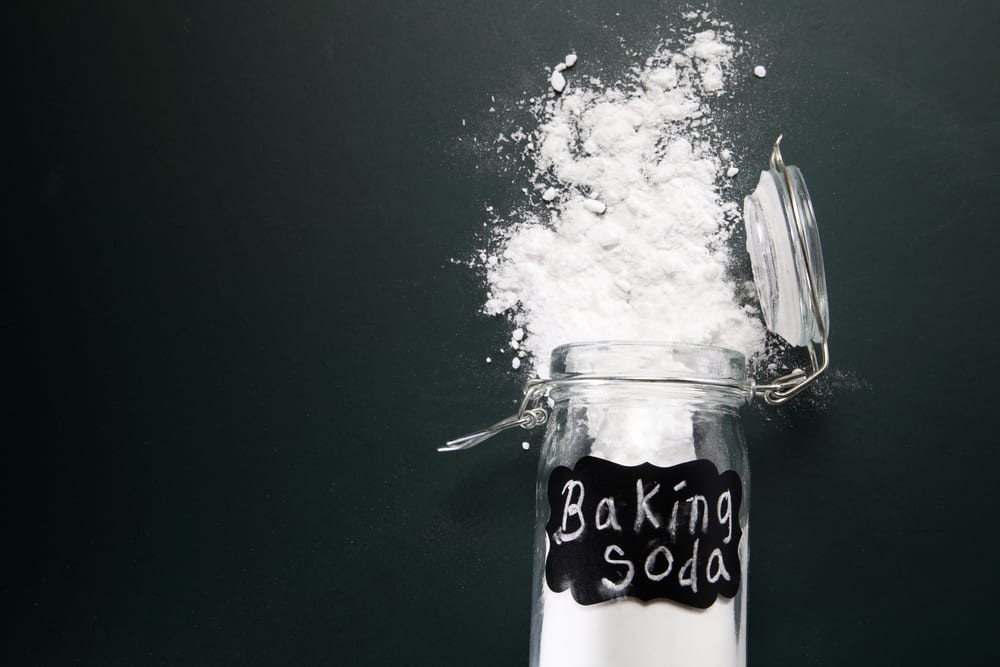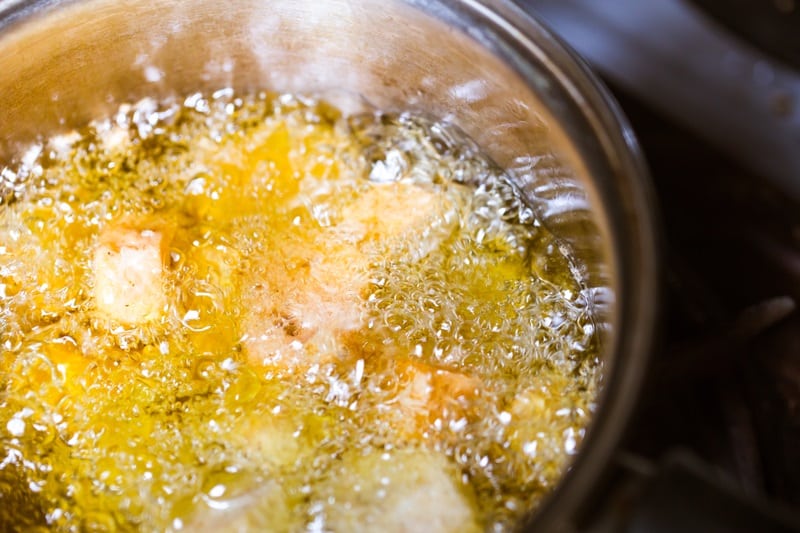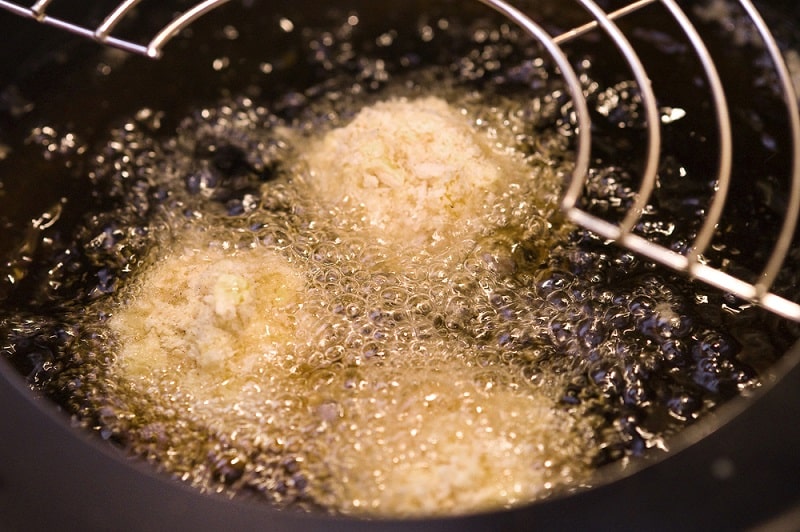
Baking soda, aka bread soda or bicarbonate of soda, is a chemical compound known as sodium bicarbonate (NaHCO3). It is a crystalline salt that has a slightly salty, slightly soapy taste.
It is mildly alkaline. The sodium bicarbonate crystals are ground into a powder form and labeled as baking soda for commercial purposes.
Baking soda is a cooking ingredient and raising agent used in flour-based batters for bread making, baking, and frying. Baking soda is mainly used as a leavening agent because of its carbon dioxide-producing properties.
Working Principle
Baking soda is an alkaline salt meaning it is activated when paired with a relatively strong acid ingredient like lemon juice, vinegar, buttermilk, cream of tartar, or yogurt. When activated with a liquid acid ingredient, baking soda produces carbon dioxide bubbles (CO2).
If this CO2-producing mixture is used in bread, cake, or frying batter, the CO2 emitted gets trapped within the batter, causing it to rise and become double in size within a very short time.
Baking soda also works to raise baked goods if heated. That’s because it has what is known as a “decomposing temperature”. Baking soda decomposes into three compounds when heated above 80 degrees Celsius, namely, sodium carbonate, water, and carbon dioxide.
Remember, carbon dioxide is the gas that makes bubbles in your batter. The process of decomposition is purely heat-based and does not require an acid ingredient. This is why baking with a small amount of baking soda creates a fluffy, airy loaf of bread.
So, this means that there are two ways of activating baking soda to produce gas bubbles so useful in cooking – adding an acid or heating. For the purposes of today’s article, we will be looking at heating it in the form of frying.
What Does Baking Soda Do When Frying?
How Frying Works
To explain why people use baking soda when frying, we will have to first explain the frying principle.
Frying occurs when food is placed in oil that is heated to temperatures above 100 degrees Celsius, preferably around 170 to 220 degrees Celsius.
When food such as battered chicken wings or pakoras is subjected to temperatures that are over boiling point, water molecules on the surface of these food items start to rapidly evaporate.
The rapid evaporation of water molecules creates multiple steam jets that protect the inside of your food from the surrounding oil.
It also buys time for heat to seep into the inside of your food and creates a crispy brown crust by evaporating the surface moisture. As a result, you’re left with crispy, juicy, deep golden-colored chicken wings or pakoras.
Baking Soda In A Frying Batter
If you add baking soda to your frying batter, you’ll need to add a cooking acid to activate the baking soda. The most commonly used cooking acids in frying batters are buttermilk, vinegar, and lemon juice.
The acid inside the batter activates the baking soda which then produces large amounts of carbon dioxide. CO2 inside the cooking batter then creates an airy product.
Frying with a CO2-rich batter creates a crisper, fluffier end result. This is because CO2 inside the batter provides more support to the water molecule steam jets, and as a result, we’re left with a lighter, crisper dish.
Make sure not to leave your baking soda-infused frying batter waiting inside the fridge for more than 2 hours. The reason being, unlike bread batter, liquid batters are not thick enough to trap the CO2 gas molecules for long.
Ideally, the food should be fried straight after dipping it in the batter.
Conclusion
We hope this has helped you to understand what baking soda in a batter does when fried. Please leave any questions you may have in the comment section.

